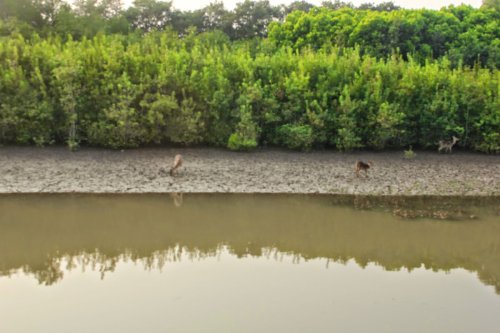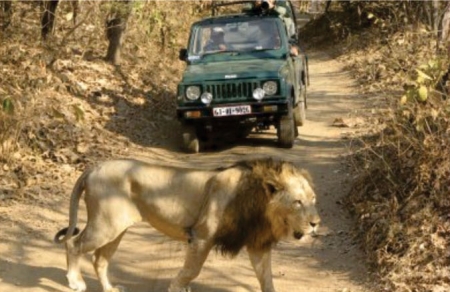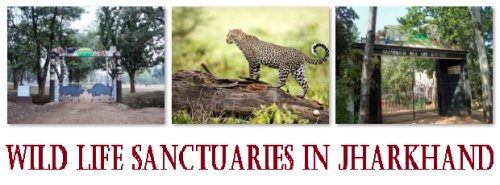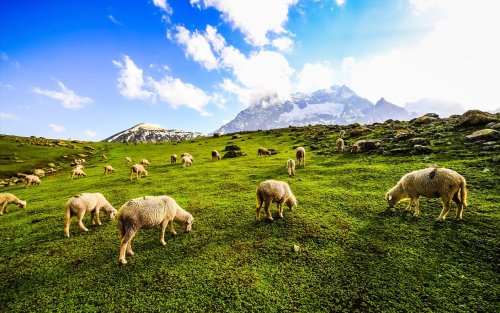Binoculars are the most important investment in wildlife watching. A good pair of binoculars can enhance your engagement with nature and make it better. A lot of animals greet visitors but a lot of them keep their distance. It should not affect your experience though, with binoculars you can spot animals and can see them in great detail.
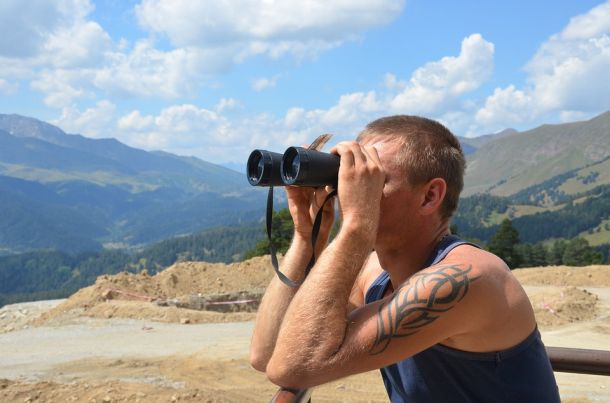
You do not want to miss out on a beautiful view while you are travelling across a forest. Binoculars are important for safari travel
If you have trouble choosing your new binoculars for the trip, there are some best binoculars to look out for.
Here’s your go-to guide when looking for a binocular:-
Size- Binoculars are broken down into three forms on the basis of the size of their lenses.
Compact- less than 30 mm, the objective lens is 30 mm(8×25, 10×28)
Medium- 30-40 mm(10×30, 8×32)
Bigger- Full-size lens
Why a bigger lens is better?
Think about it as a window. The larger the window is, the more light gets in.
The larger surface area allows captures more light and makes the view better.
Lens size– The number that comes directly after magnification is the size( diameter) of the lens. The size is in millimetres
Magnification size- basic magnification sizes are from 8-10. Though you will spot sizes that are higher or lower than that.
8 power magnification- provides a wide-angle view
10 power magnification- provides a more adjacent and detailed look.
People simply believe the higher the magnification the better, which is simply not true.
Higher magnification might bring things closer and you will view more detail. But what higher magnification also does is:-
- Reduces brightness
- Will shrink the depth of the field– the more you zoom in, the more it will reduce the field size.
It will be hard to follow and locate your subject. You will find yourself constantly twitching the lens.
Field of view- It is important to have a wide filed view for wildlife watching so you can follow the subject around.
connected directly to magnification. A lower magnification will expand your field view and a higher one will narrow it.
Lens and prism coating – Coating plays a major role and often gets ignored.
Most binoculars in the market have some anti-reflective coating on them that improve light transmission. There are differently coated lightly coated, multi-coated, fully coated. It is always best to pick a multi or fully coated binoculars for the best view.
Anti-reflective coating- it cut down the amount of light gone as the image travels through different optical lenses. It improves the image and makes it better.
Phrase corrected prism coating- They help with the “phase shift” in the prism design. In a prism, the light gets divided into two and then combines again. This reduces contrast and resolution that’s why a special coating is done to make the resulting image better.
Mirror coating – Only required in binoculars that have a prism-based design.
Aluminium coating – Allows light transmission of around 87-90%
Silver coating – Allows light transmission of 95-98%
Convenience– Your Binoculars might give you the best view but if they are not handy, What’s the point?
It is so important that it’s not very heavy and has an easy-grip so you can switch without any hustle.
Types of binoculars
Single hinge – the old binocular design connects two barrels with a single hinge.
Double hinge– the two barrels are connected with a pair of hinges.
Modern single hinge– is an open hinge wrap around that has become popular in recent decades.
Different binoculars suit different people so choose one that works with you and is easy to carry.
Balance– See how it fits on your shoulder and hands, is can you easily pick it up; Switching should be smooth and should not feel like a task.
Weight-You will be carrying your binoculars for hours during the safari, it’s a smart choice to take a binocular which is lightweight. Another factor should fit your bag.
High-quality equipment will be heavier compared to the cheaper one. Weight cannot be fully ignored but with a good design, it should have an acceptable weight.
Waterproof– There is an additional high-end coating in binoculars to protect them from the damage done by water, fog, etc.
Warranty– if you are investing in a good binocular, it will stay with you for years. Make sure you have a warranty of at least 10-30 years and also cover mistakes in craftsmanship and in the material. Always buy from a trusted brand, remember it’s an investment for the long term.
Focus on value – You might get a cheap option but your first filter when looking should be the quality. Aim for a durable and good quality binocular that will last longer.
 Hill Station Boss Find nature near by you !!
Hill Station Boss Find nature near by you !!

